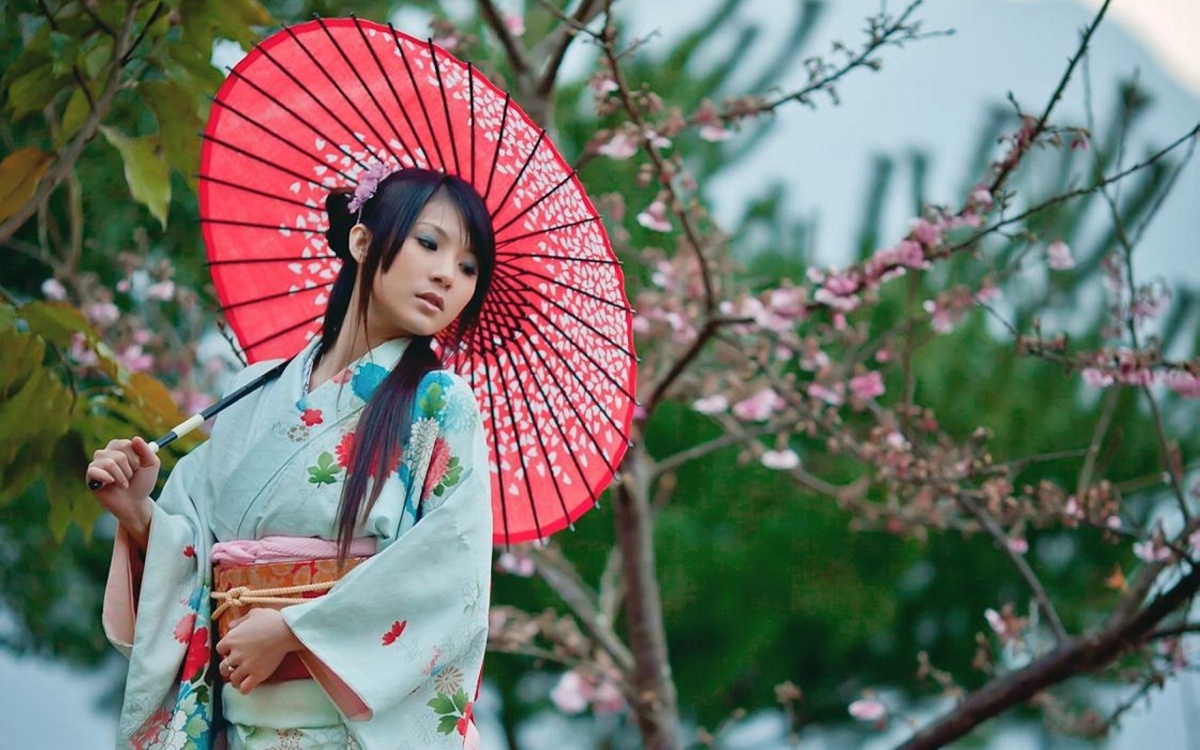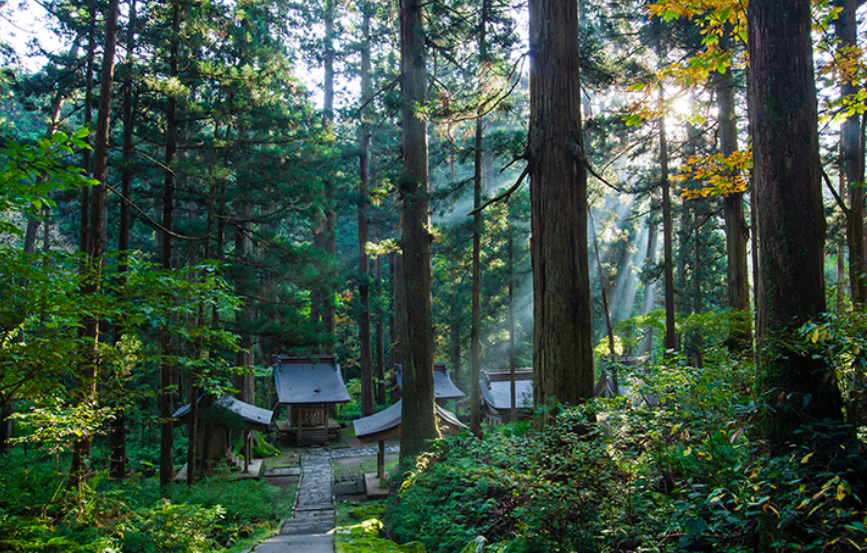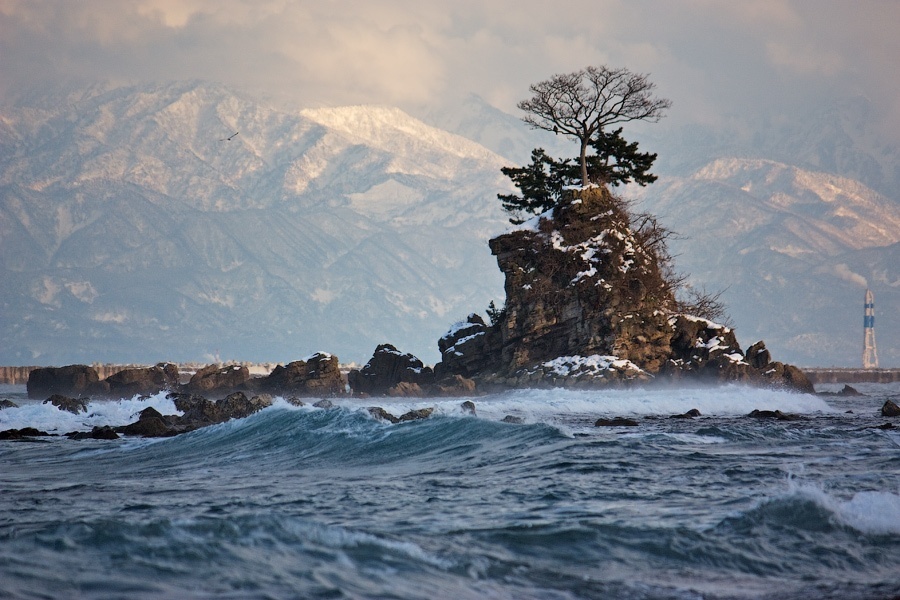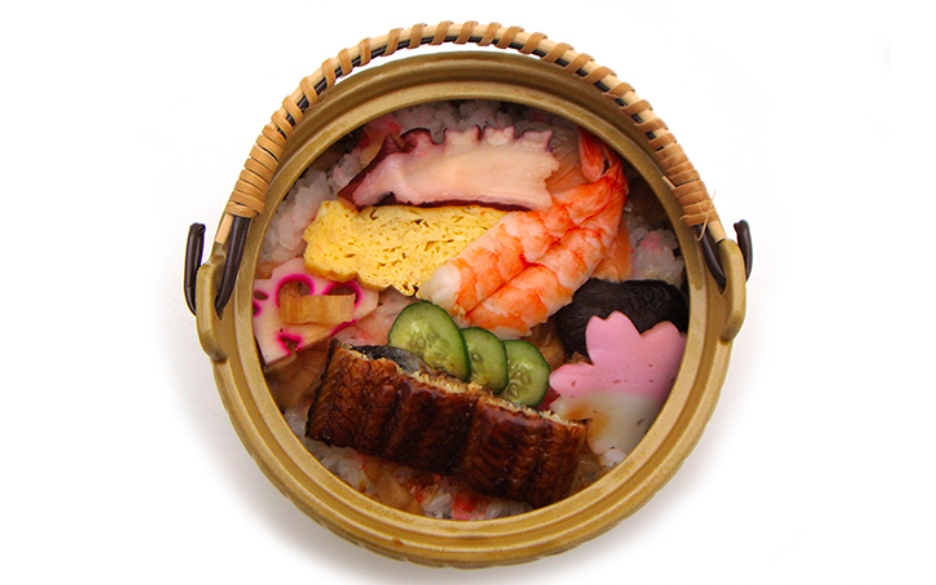What is The Wonder 500™?
The Wonder 500™ is a Japanese government project that aims to discover unique Japanese local products that are unfamiliar outside of Japan, and introduce them to the rest of the world. A total of 500 products from all 47 Japanese prefectures were selected by 30 expert "producers" and public voting.
By AAJ Editorial TeamThe selections were evaluated in the three categories of Goods, Foods and Travel Experiences, based on the following two criteria: items that convey the refined taste and persistent passion of their maker, and innovative items that combine Japan's unmatched craftsmanship and services supported by traditional Japanese values. Each and every one of these 500 items expresses the values nurtured by the Japanese people since ancient times, as outlined in the extensive Wonder 500 Storybook, an excerpt from which has been reproduced below.
Values Held Dear by the Japanese People
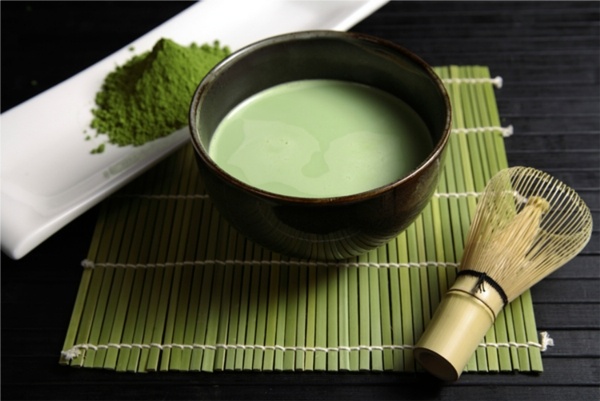
http://macaro-ni.jp/3858
The islands of Japan stretch north to south in an area of the world that has a favorable climate and four distinct seasons. Many cultural influences have been introduced from the neighboring continental landmass, and then adapted over time to form part of the nation's own culture. Each product given The Wonder 500™ mark of approval has a unique character that is based on the sensibilities and values of the Japanese people. Learning something about those sensibilities and values will perhaps give you a deeper understanding of how and why the products were developed.
1. A Diversity of Color Promotes Sensitivity
When we think of Japan we may first think of the beauties of its natural environment at any time during its four seasons. Flowers, plants, the color of the sky, the mood of the sun... The expressions of nature change without fail throughout the year, fostering an affinity for life and nature in all its shades. The result is an acceptance of new perspectives, promoting innovation in manufacturing while ensuring a solid foundation for Japanese culture.
2. A Rich Natural Environment Promotes Culinary Excellence
Japan may be an island nation, but much of the central part of the country is rugged mountains. This explains why about 70 percent of the landmass is covered in forests. The combination of sea and forests has resulted in a rich variety of seafood, vegetables and other delights. These geographical features have also resulted in a nation of people with a fine awareness of what makes food tasty, and how refinements can make it even better.
3. Diversity in Geography Promotes Diversity in Culture
Although Japan has a small landmass, it has 47 prefectures (similar to states or provinces). The large number may be due to the fact that mountains separate highland villages from fishing ports and other small settlements. This separation was a factor for so long that each region developed its own culture. And so in Japan one finds a great diversity in traditional cuisine, handcrafts, and many other aspects of life.
4. Cultural Attributes from Abroad, Rearranged to Suit Japanese Sensitivities
Japan has a long history of accepting the influences of the continent to its west, whether those influences be from China, western Europe, or the Middle East. The introduction of new cultural attributes has resulted in remarkable changes within the country. And yet, the introduction is not made without adaptation—rearrangements are made, with innovations guided by a different perspective, and the end result is something that is uniquely Japanese. The transformed versions have had an impact that makes them attractive to other parts of the world.
5. An Aesthetic Sense that Drops the Unnecessary
Japanese culture favors an aesthetic sense that looks for the essence of things, searching out their true nature. Unnecessary embellishments are avoided, excesses and boldness are dropped—all in the pursuit of the innate, the essential. We can think of this as beauty arrived at by subtracting the unnecessary. What remains is simplicity, but a simplicity with depth and charm.




